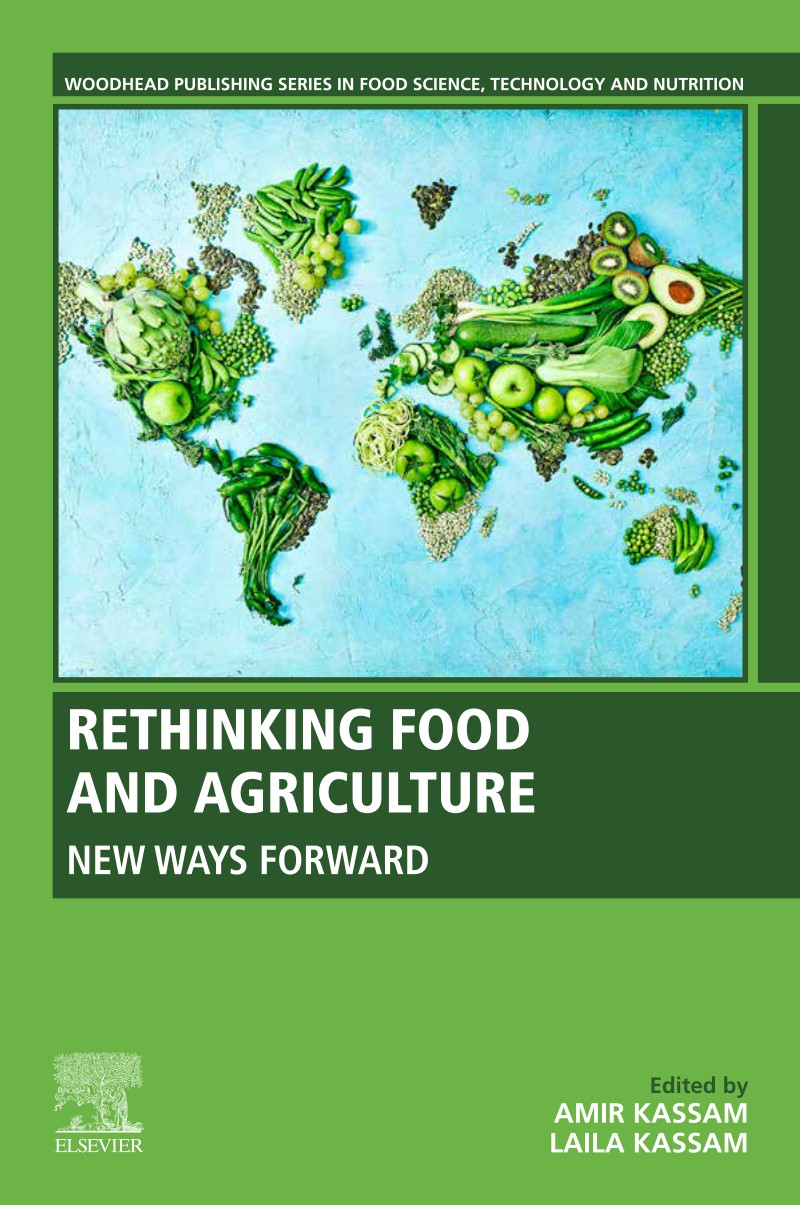Chapter 13
Will Gene-Edited and other GM Crops Fail Sustainable Food Systems?
by Allison K Wilson
Abstract
The role of GM crops in supporting sustainable food systems is an ongoing controversy. Underlying this controversy, I will argue, are radically different definitions of agricultural sustainability. One is a narrow definition, based on amelioration of current unsustainable practices, such as the use of synthetic pesticides in agriculture. The other is a broad definition, based on the long-term promotion of human and ecosystem health. In order to assess the sustainability impacts of GM crops, this review first provides (i) a brief summary of the sustainability impacts of herbicide tolerant and Bt pesticidal GM crops and (ii) an overview of GM plant breeding, with a focus on the problem of unintended traits (UTs) in commercial GM crops. These UTs, I argue, are a major yet underappreciated contributor to their lack of sustainability. The review asks next whether new and complex GM traits such as biofortification, or the subset of new GM techniques (nGMs) called gene editing, can benefit sustainable agriculture. Golden Rice provides a case study of unintended traits in GM crops carrying complex traits. Given the failings of Golden Rice, caused in part by UTs, a key question is whether gene editing techniques are more precise and their outcomes more predictable. To address this, the review summarizes the known unintended effects of gene editing and their potential for introducing UTs. I conclude that, despite the promise of new traits and techniques, GM crops, including gene-edited crops, are unlikely to meet either the narrow agronomic, or the broader social and environmental, requirements of sustainable agriculture. The review ends with a discussion of how plant breeders can best support and promote sustainable agriculture, and thus help create sustainable food systems.
Extract
“CRISPR in agriculture should be best considered as simply a ‘new breeding method’ that can produce identical results to conventional methods in a much more predictable, faster and even cheaper manner” (Gao 2018).It is clear that CRISPR and other gene editing techniques are more similar to GM then conventional plant breeding due to the use of plant transformation techniques to introduce DNA or other reagents, the use of tissue culture, and the potential for exogenous DNA insertion (Eckerstorfer et al. 2019, Kawell 2019). Like standard GM, the number and type of UTs introduced using gene editing will depend, in part, on the new trait being introduced and, in part, on the unintended effects wrought on the genome by the techniques themselves. All benefits, hazards and risks must therefore be assessed experimentally on a case-by-case basis for each independently derived nGM trait and crop (Eckerstorfer et al. 2019, Gelinsky and Hilbeck 2018, Hilbeck et al. 2015). This should include whole genome sequencing comparisons with an isogenic line and –OMIC analyses. [1] Cisgenic/intragenic traits utilize only DNA derived from the host plant or a cross-compatible plant. In this they differ from standard transgenic traits that routinely utilize DNA from distantly related organisms. [2] RNAi-based traits specify double-stranded RNA (dsRNA) molecules that trigger RNA interference (RNAi) pathways. This disrupts the cellular processes that connect specific genes with the production of specific proteins (Heinemann et al. 2013). The target of the RNAi is specified by the nucleotide sequence of the RNAi molecule. [3] ODM is a generic term for a wide range of different methodologies that use synthetic oligonucleotides to introduce a specific mutation at a particular site in the plant genome (ACRE 2011). The oligonucleotides used for ODM are homologous to the targeted endogenous plant sequences except for the site of the intended mutation. [4] TALENS stands for Transcription Activator-Like Effector Nucleases. TALENs are engineered nucleases that cut DNA at specific target sequences. [5] ZFN stands for Zinc Finger Nuclease. ZFNs are engineered DNA binding proteins that cut DNA at specific target sequences. [6] CRISPR stands for Clustered Regularly Interspaced Short Palindromic Repeats. In the CRISPR/Cas system, the engineered CRISPR RNA acts as a “guide” RNA that combines with a protein, for example, the Cas9 nuclease, and targets it to a specific DNA sequence.
About The Author

Allison K Wilson, PhD
Allison K Wilson, PhD is co-founder and Science Director of the Bioscience Resource Project; Editor of the Bioscience Resource Project website; Assistant Editor of Independent Science News; and a contributor to the Poison Papers project. Dr. Wilson holds a BA in Biology from Cornell University, a doctorate in Molecular Biology and Genetics from Indiana University, Bloomington, and was formerly a postdoctoral research associate at the Fred Hutchinson Cancer Research Center, Seattle and the John Innes Centre, Norwich, UK. Dr. Wilson has published scientific research on plant hormones and flowering time in Arabidopsis, Tetrahymena molecular biology, and plant genetic engineering. She was also a contributing author to the Encyclopedia of Molecular Biology (John Wiley and Sons Inc., 1999).



